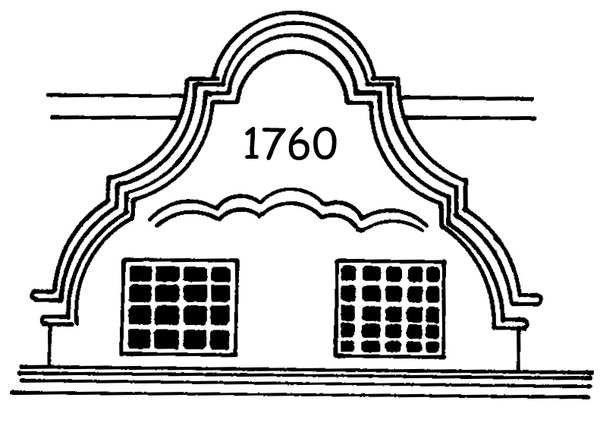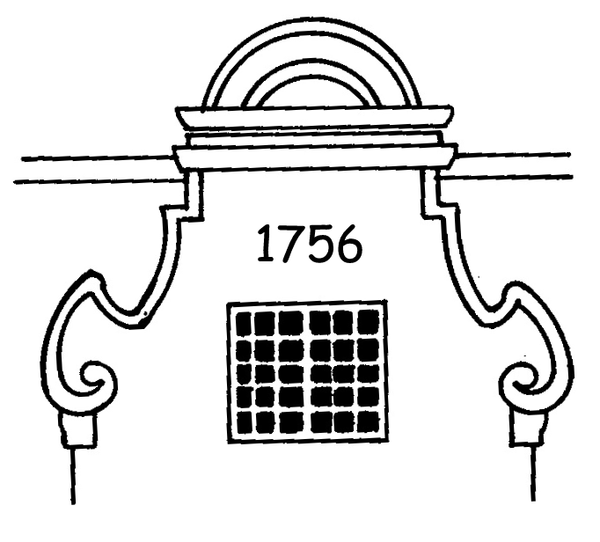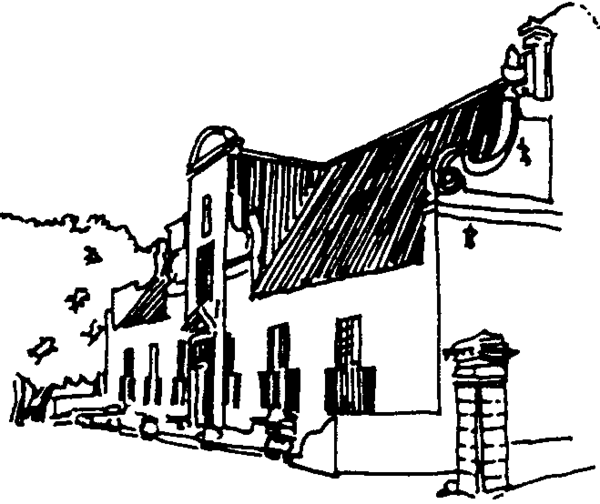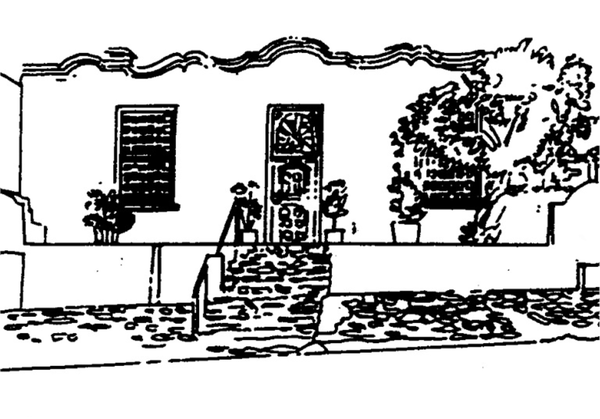| << Chapter < Page | Chapter >> Page > |
In 1652, Jan van Riebeeck had the fort of Good Hope (De Goede Hoop) built at the Cape of clay and wood. At the beginning, the Dutch mainly lived in the fort, but they soon started building their own individual homes.

The Fort
The earliest homes had few rooms and the walls were built of clay or rough stones. The walls were plastered, using clay mixed with seashells, and thatched roofs covered the houses. The loft gable (a "leg of mutton" gable with a small window) kept rain from dripping onto the stoep right by the door.
Sparks from the chimney frequently set fire to the thatched roofs, so owners had to pay two shillings in tax for each of the chimneys of a house! In time, lofts were provided with special floors to prevent fires.
Some historians have suggested that the gables also prevented burning thatch from falling at the entrance to the house.




Because of the fire hazard that was part of thatch-roofed houses, people who lived in Cape Town towards the end of the eighteenth century began to build flat-roofed houses. These houses frequently had two or more storeys.

A thatch-roofed house

A flat-roofed house

A ‘Hartbees-huisie’
“Cattle farmers usually lived in small, simple, thatched houses. They used a framework of young, supple branches that were set into the ground in straight lines and were bent towards each other at the top. Clay and sturdy reeds, hard rushes ("biesies" in Afrikaans), were used to fill in the walls. This gave rise to the name "hartebeeshuis".

A saddle-roofed house
Saddle-roofed houses consisting of a pitched roof of reeds placed on the ground were also used. Seventy or so of these houses can be seen near Riversdale (in the Southern Cape) where they have been built to look out over the sea. This site has been declared an open-air museum and national monument.
a) Conduct a class discussion on the following sketches representing different historical periods.
Which similarities (boys) and differences (girls) are evident when you examine the different periods? (Suggestion: First arrange these pictures chronologically.)

[LO 2.3]
George III was reigning as king in Britain when the British took control of the Cape for the first time in 1795. The style of building that they were using at the time was known as the Georgian style.
The houses usually had three storeys, were built of bricks and whitewashed, and were decorated with lime-plaster (stucco). The impressive windows were large and glazed, and the window frames were painted green.

Notification Switch
Would you like to follow the 'Social sciences: history grade 5' conversation and receive update notifications?